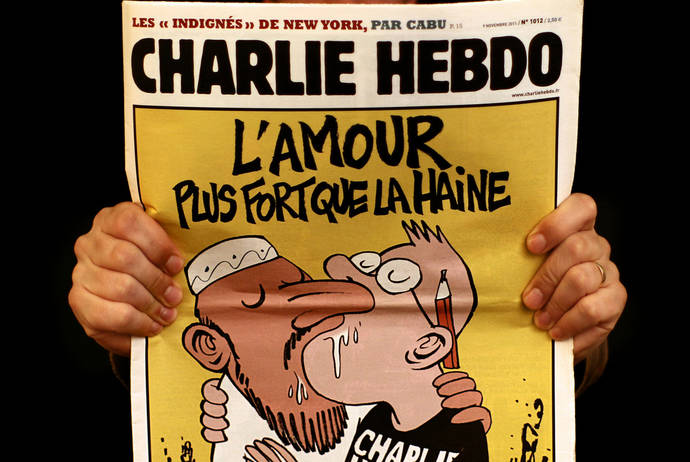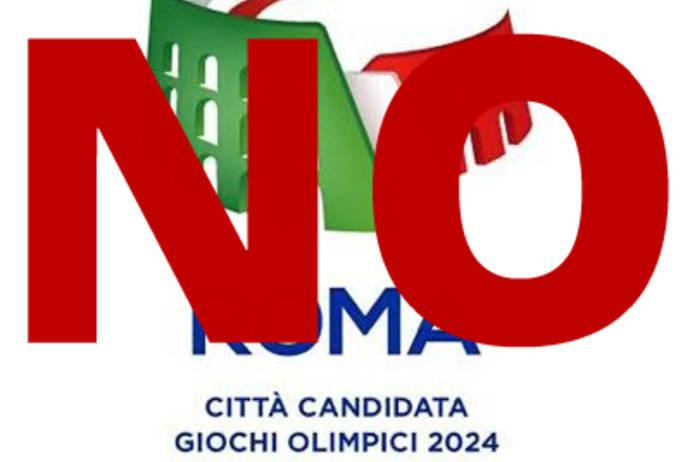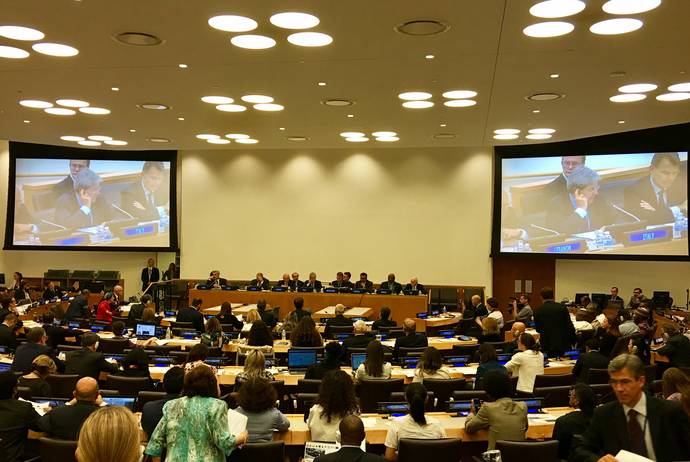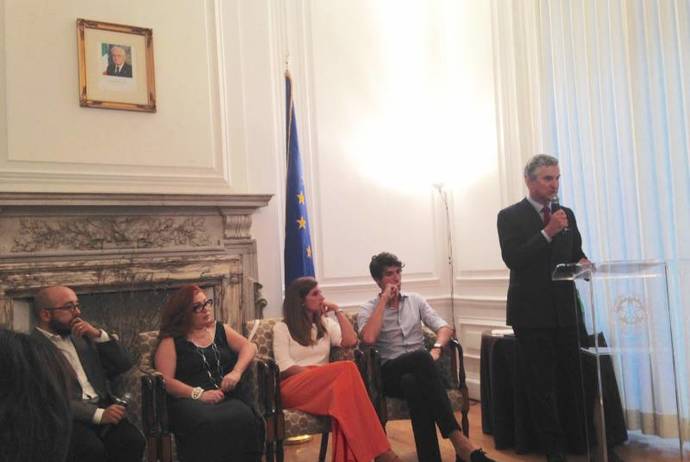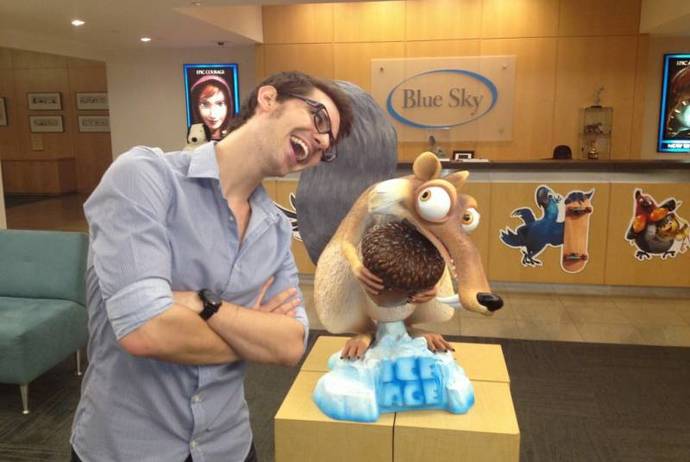It's a dreamy beginning of season, after a great victory against Pescara. Chievo Verona finds itself with the big guys and is now warming the hearts of all.
The celebrations for these victories must not make Chievo lose concentration. Since the beginning of season, the yellow and blue showed to have the character to be a winner: cold and cynical whenever opportunities presented to them during the game.
Cynicism, in fact, seems to be the word that best describes this beautiful team. Yet, in the analysis of the game against Pescara, we have to admit that it was a gradual process. In the first half, despite the several opportunity granted by the opponents, Chievo didn’t show the nerve to finalize and close the game early.
The most important thing that this team is showing, though, is to be aware of its potential and learn from its mistakes. Whatever Coach Maran said during the halftime break allowed the eleven on the field to believe in their possibilities and become cold snipers during the second half.
So, here's on the 31st minute of the second half: Pescara’s Memushaj loses the ball, Birsa takes advantage of the naivety of Pescara’s player and serves Meggiorini, who unforgiving dribbles Bizzarri and deposits the ball in for the 0-1. Nine minutes later, Chievo closed the match: Pescara loses another ball, lethal counter attack by Castro, who flies towards the goal and serves Inglese for the 2-0. Game over.
With only seven games in the league, Chievo is already writing a beautiful story that we hope it can continue. After clinching a brilliant ninth place last season, this team is maturing the personality necessary to be up there with bigger teams, such as Juventus, Napoli and Roma.
Chievo started its campaign with a marginal role after a disappointing transfer market, mostly characterized by Higuain’s transfer from Napoli to Juventus. The management’s decisions caused disappointment among the fans, teased by Balotelli’s suggestion and last-minute deals, such as Bergessio and Osvaldo.
However, Chievo Verona managed to keep all the key players from last year’s campaign: Meggiorini, Birsa, Inglese, Castro and Cacciatore, all courted from bigger and more emblazoned clubs. But the most important confirmation was not on the field but on the bench, since Rolando Maran remained despite the advances of major clubs.
For that and for the current form of the team it’s safe to say that those fans are not disappointed anymore.
The tumble against Napoli last week was predictable, but it was important for Chievo to stand back up and so it was. The season is still long, but this Chievo’s feature to learn from its mistakes and become increasingly cynical can only lead to great achievements.
It’s now time for the big home game against AC Milan, a chance to prove to everyone that Chievo Verona deserves the spotlight.































